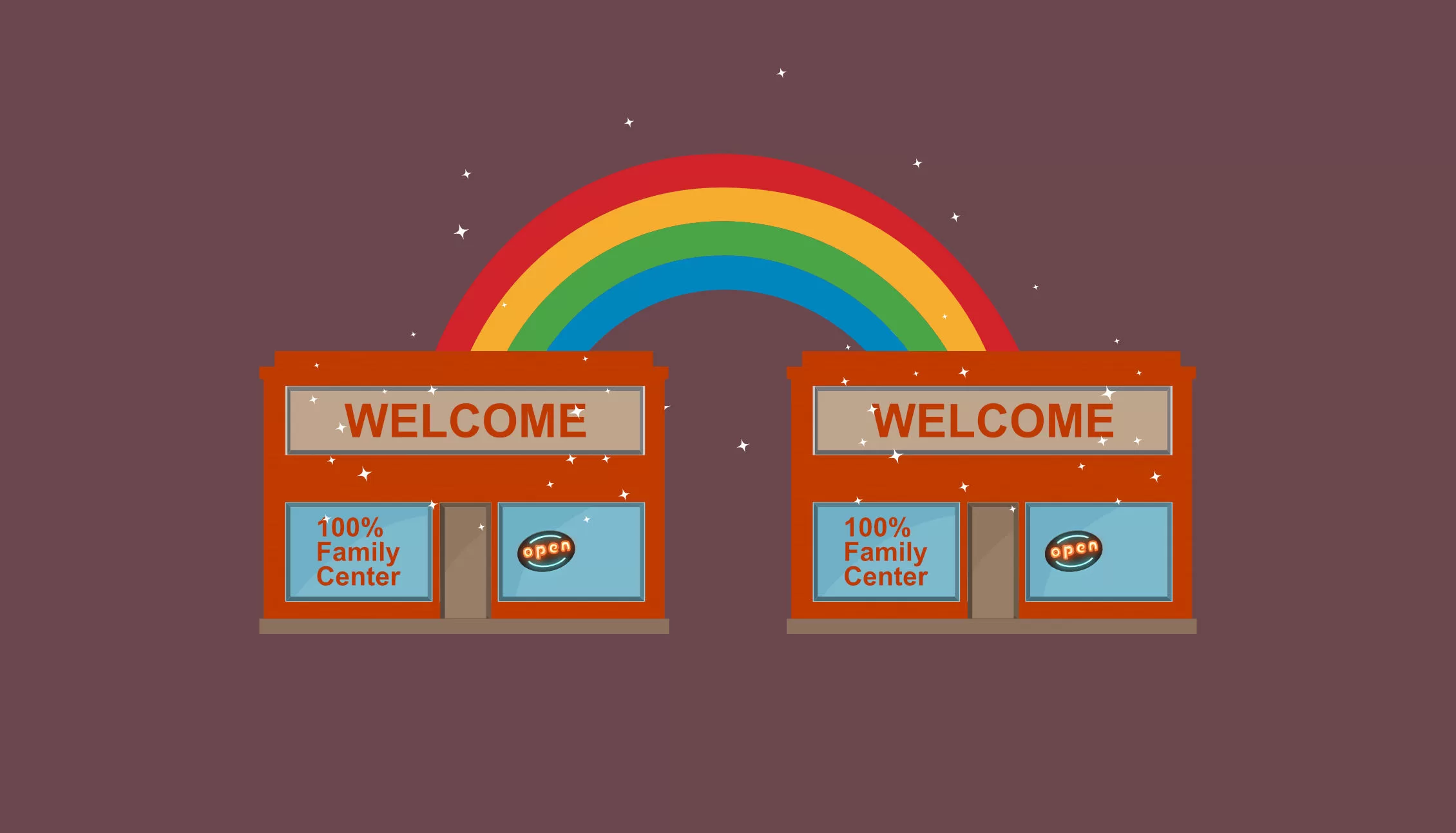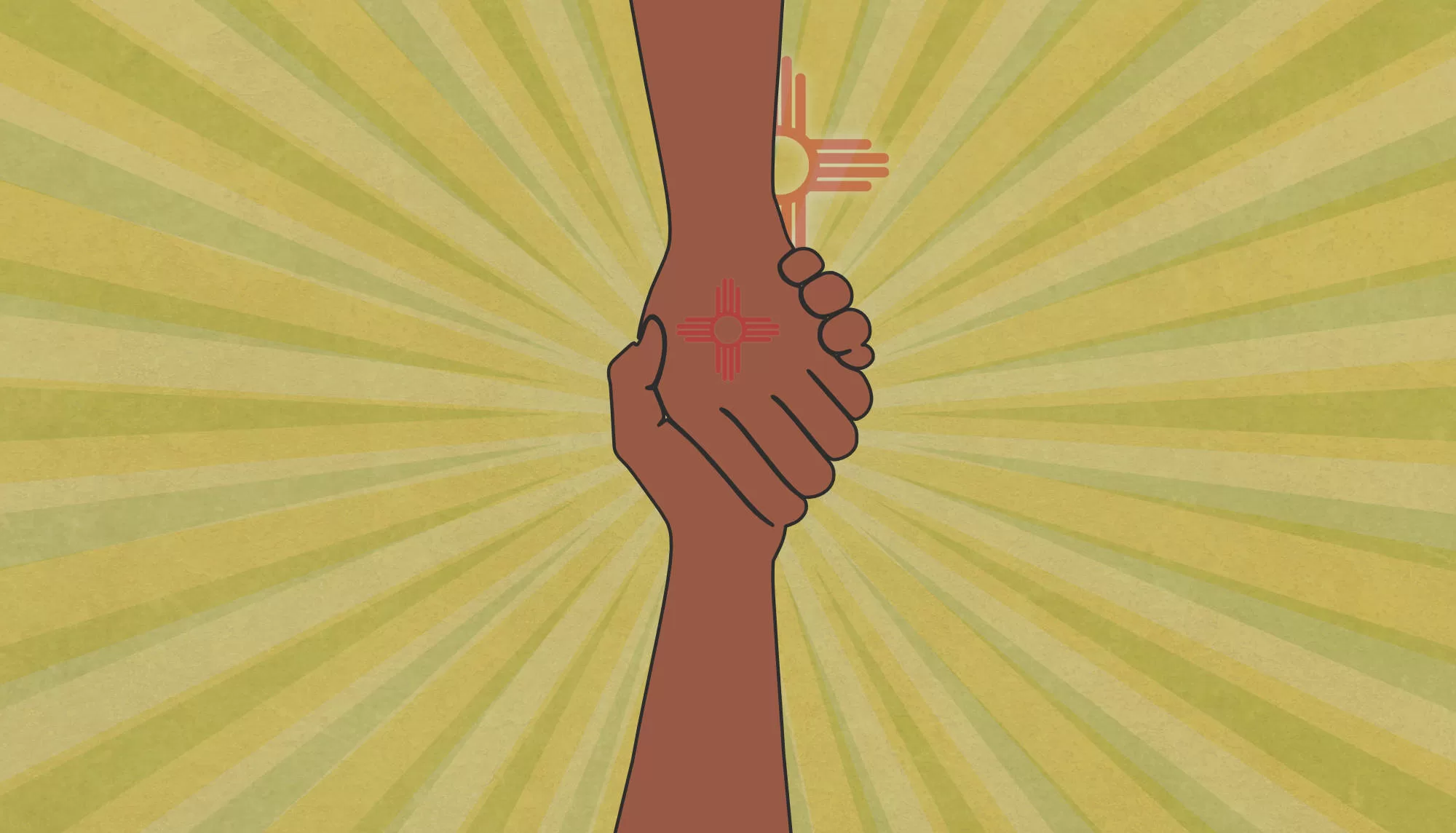Do Children Have the Right to Survive and Thrive?
Within our unending epidemic of childhood trauma and crushing social adversity, it’s time to prioritize the right of children to survive and thrive.
Katherine Ortega Courtney, PhD and Dominic Cappello, PhD
What rights do an eight-year-old have today? Our children, like adults, have the constitutional right to life, liberty and the pursuit of happiness. We also guarantee children the right to access 13 years of public school, with the term “education” and its effectiveness up for debate in court cases. Children also have the right to grow up without abuse and neglect, which means that after maltreatment and trauma occurs, child welfare does its best to prevent more of it from happening with very troubling results. Amid a long history of heated debates about what the government and parents should be doing to protect all our most vulnerable young members, our children lack any real right to the services that allow them to survive and thrive.
What we say vs. what we do
We live in a divisive and chaotic political sphere where the only thing that elected officials can agree on, at least in political speeches, is that children are our future and we must keep them safe from harm. How we ensure our children’s safety, health, education and trauma-free existence is another story altogether. “Yes, our children should be treasured,” some leaders might say, but not if it means investing additional resources in them, their families, schools or healthcare.
It’s past time to draw a line in the sand and see how much we adults truly care about our infants, children and youth. Decade after decade we fail to make trauma-free childhoods a priority. Now after two years of disruptions of early childhood learning, school, social services, recreational activities and healthcare, might it be a good idea to put our public money where our values are? It has been suggested by child advocates that each state seriously consider a Child’s Bill of Rights to ensure that all our children can survive and thrive by guaranteeing vital services.
A Child’s Bill of Rights would finally, for the first time in our nation’s history, get all adults on the same page regarding making each and every child our number one priority. The return on investment will be clear as ensuring our children the right to access vital services for surviving and thriving will result in healthier families and communities, equipped to navigate a very complicated, complex and chaotic society.
Is a Child’s Bill of Rights really needed?
For those wondering if children merit rights to vital services, we can guide you to data on adverse childhood experiences and child maltreatment that illustrate the magnitude of traumatizing neglect our children endure. Pre-pandemic, many of our children lived in peril without local family services. Today, with disrupted social services, schools, work and healthcare, it’s safe to assume all vulnerable children became more vulnerable. We certainly have the assessment tools to measure precisely how precarious childhood is today in our “post-pandemic, build back better” society.
In our rush to get back to normal, we must make it clear to everyone that “normal” means large percentages of our children living in households where parents struggle, doomed to endure adversity, abuse, neglect and trauma. Normal can be a nightmare. Tinkering around the edges of our society’s biggest challenge, attempting to ensure trauma-free childhoods, won’t cut it.
You are invited to review the following draft of the Child’s Bill of Rights. This is a work-in-progress designed to serve as a catalyst for important public dialogue. Discuss this proposal with your mayor, city councilors, county commissioners, school board members, neighbors, clergy, judges, parents, children and teens. Like our first Bill of Rights, this proposed bill fosters a commitment to a new standard of social justice.
CHILD’S BILL OF RIGHTS: A DRAFT
- The right to medical and dental healthcare that is timely and accessible
- The right to behavioral healthcare that is solution-focused and culturally sensitive, available to all children’s family and household members.
- The right to nutritious food without having to endure hunger, food insecurity or stigma
- The right to stable, healthy and safe housing with electricity, plumbing, heat and internet access
- The right to transportation in order to reach education, recreational and vital services
- The right to live in a community that provides home visitation programs starting at birth to ensure safe households, provides parent supports and education, and provides navigation to local vital services
- The right to early childhood learning programs to prepare children for school
- The right to fully-resourced community schools, with staffing to ensure an enriching academic and cultural experience, as well as a school-based health center to provide medical, dental and mental healthcare to students and family members
- The right to youth mentorship programs in its many forms in order to support recreational activities, strengthen physical health, academic skills and interpersonal communication skills
- The right to acquire all the skills needed to maintain quality employment, including education aligned with job markets, and job readiness and placement programs.
Our laws to protect children have failed them
There will be those who say it’s the parents’ job to ensure these ten rights, yet we say that our children’s safety, health, education and future should not be contingent on the capacity of adults to be effective parents. Our epidemic rates of adverse childhood experiences that include physical, emotional and sexual abuse, neglect, exposure to substance misuse, untreated mental health challenges, and domestic violence strongly suggest each child requires the right to be safe beyond just reporting maltreatment to the police and child protective services.
With this Child’s Bill of Rights, we empower not only every child, but every family in every community. It requires that we invest in truly family-friendly towns and cities across rural and urban New Mexico. In this era of colliding crises, there has never been a better time to commit our energies, time, resources and technology to the betterment of children.
Debating the Child’s Bill of Rights
Strengthening the services to meet the goals of the Child’s Bill of Rights is entirely possible in a state that treasures and prioritizes the needs of its children. Logistically, service improvement and expansion to ensure every child has access to ten vital services could be done county by county across New Mexico. Within each county, all the organizations in ten service sectors receiving state, county or city funding would come together to collaborate to achieve the most noble of goals. This would be an unprecedented level of cooperation, alignment of services and overall quality improvement across the non-profit sector, with the full support of a socially-engaged private sector.
Impossible, you say? Not at all, as 14 counties are already working to ensure ten vital services for surviving and thriving. This work is being done by 100% New Mexico initiative participants who fundamentally believe in making every child a priority and supporting every family with access to timely services. Our initiative members and their community partners are already reaching out to legislators to discuss how to fund local vital services.
The complexity associated with writing a Child’s Bill of Rights is not lost on those of us working to protect our children and empower our families. Legal scholars, judges and attorneys can guide us through the pros, cons and costs. We can also learn from other states that have sought to craft a constitutionally sound Child’s Bill of Rights.
The act of proposing a Child’s Bill of Rights will, without a doubt, lead to one of the most important and hotly debated conversations in the history of the state. Forums in city halls, schools, universities and throughout the internet will shine a powerful and long overdue spotlight on our true commitment to every child. Let the debates on the right of children to survive and thrive begin.
Don’t miss a blog post! Get notified!
The 100% New Mexico initiative is a program of the Anna, Age Eight Institute at New Mexico State University, College of Agricultural, Consumer and Environmental Sciences, Cooperative Extension Service. Contact: annaageeight@nmsu.edu or visit annaageeight.nmsu.edu to learn more.





